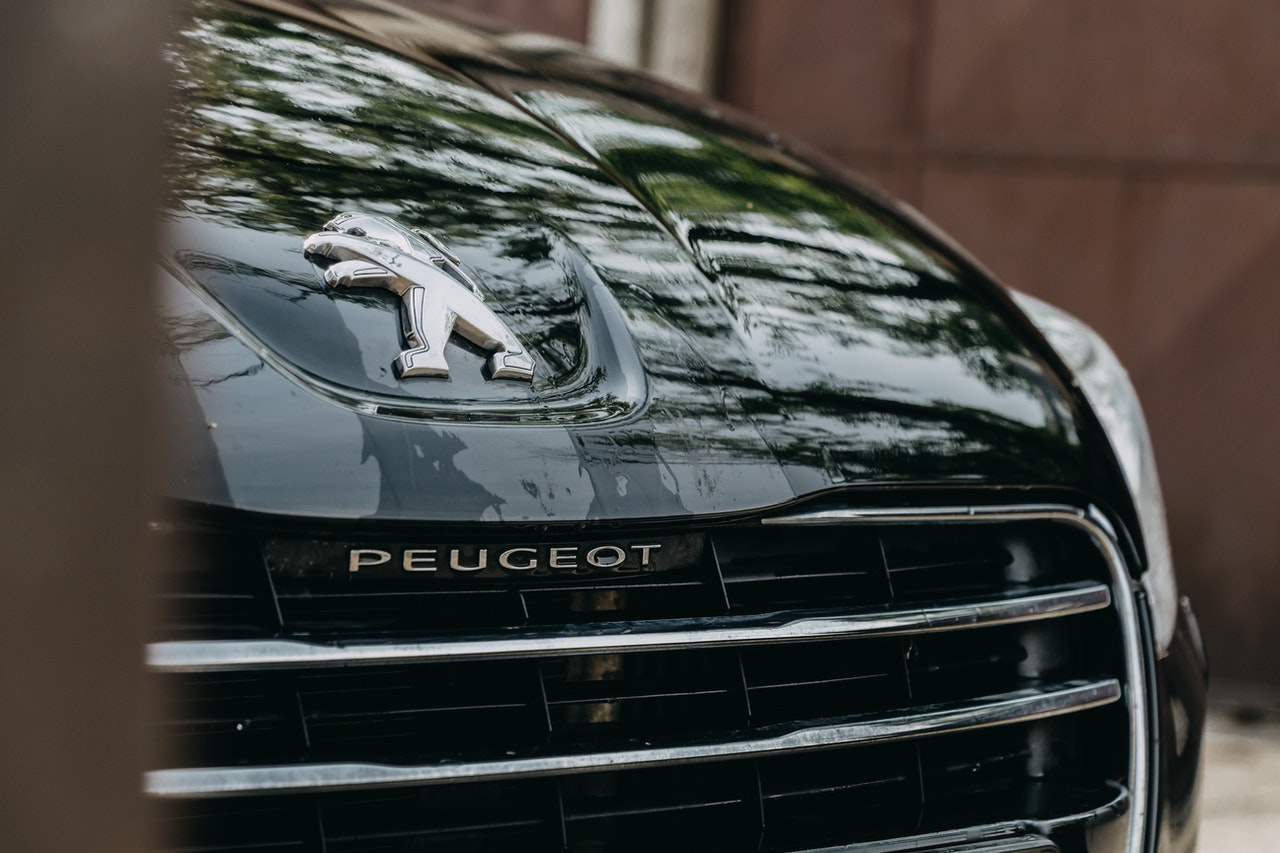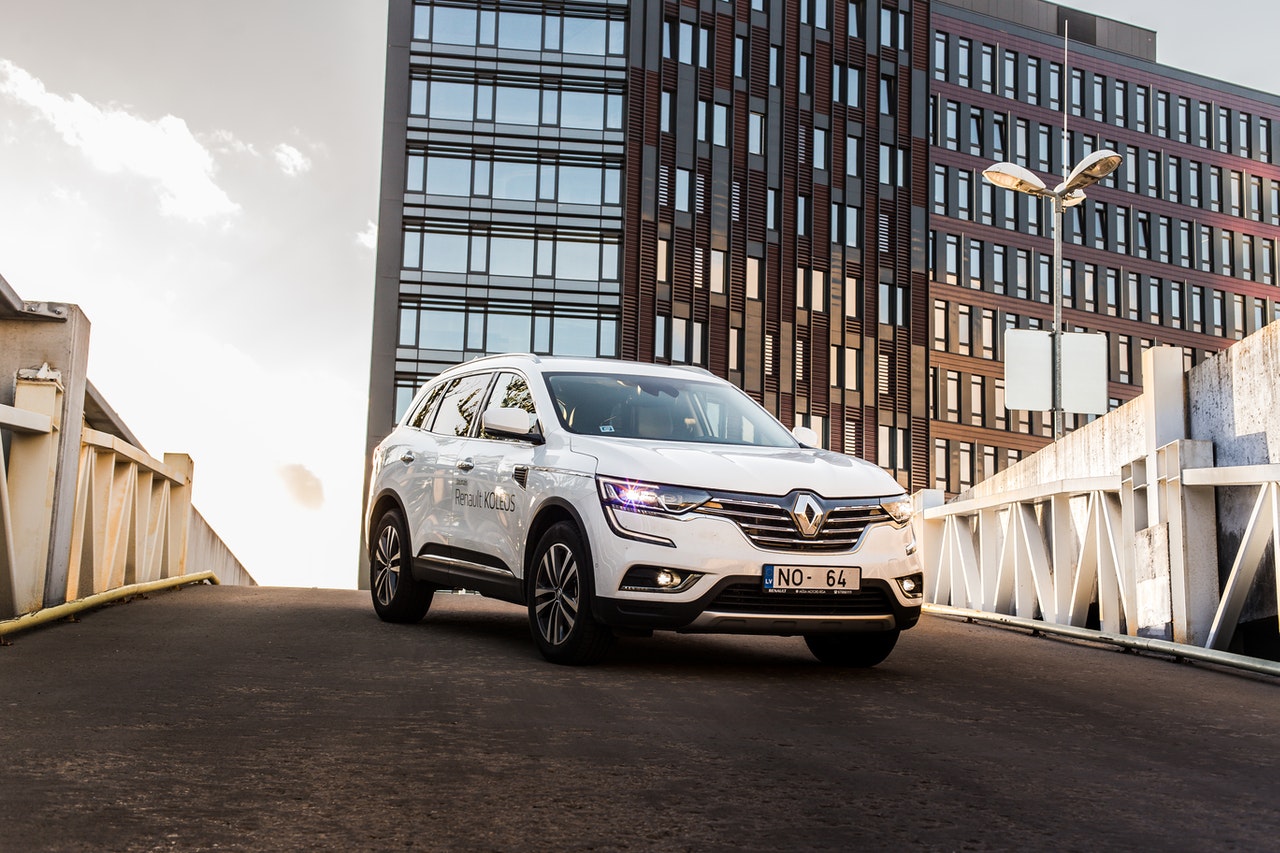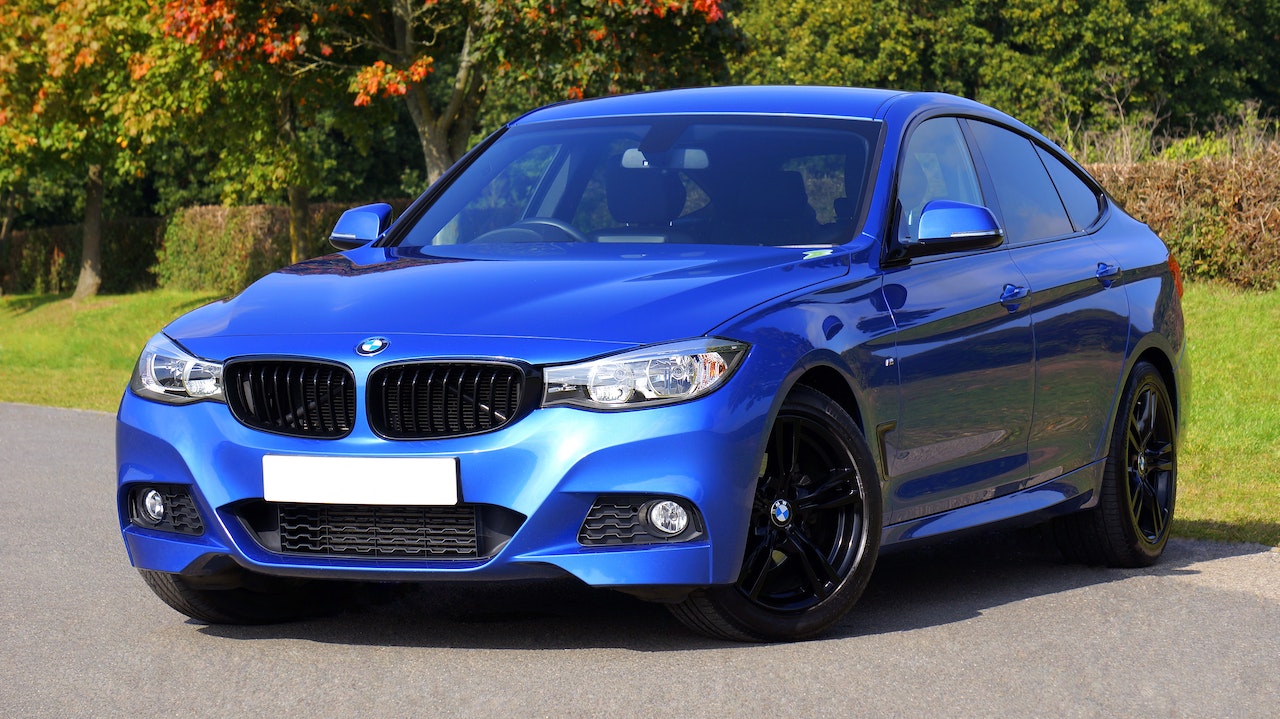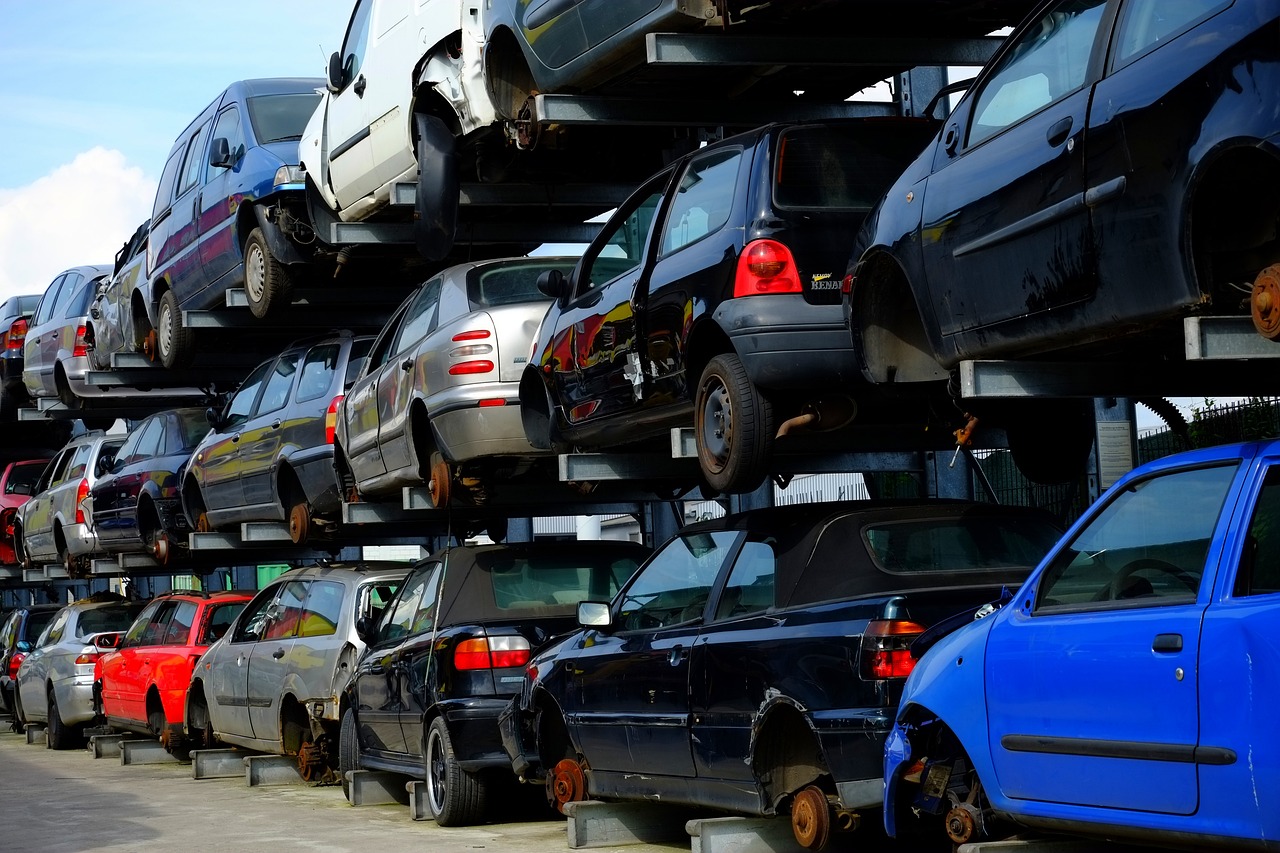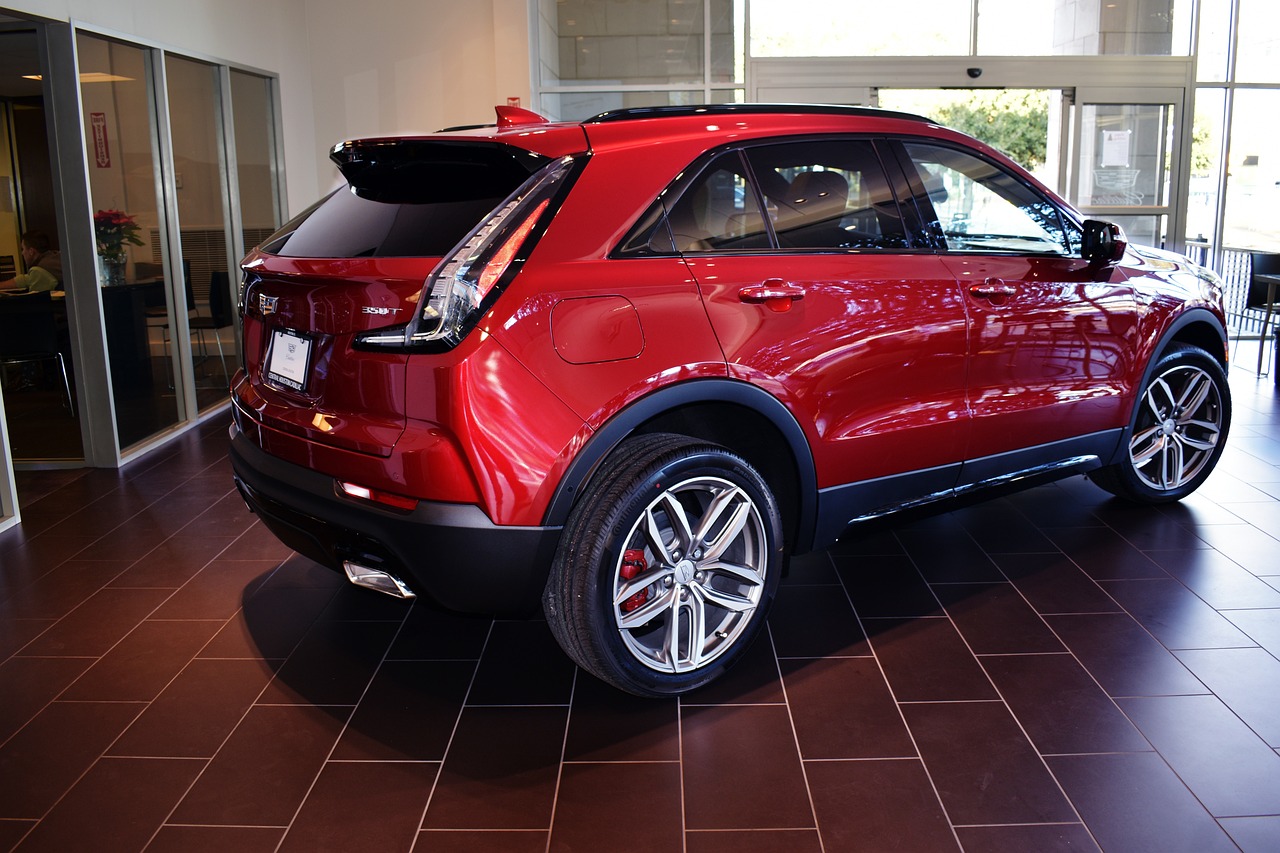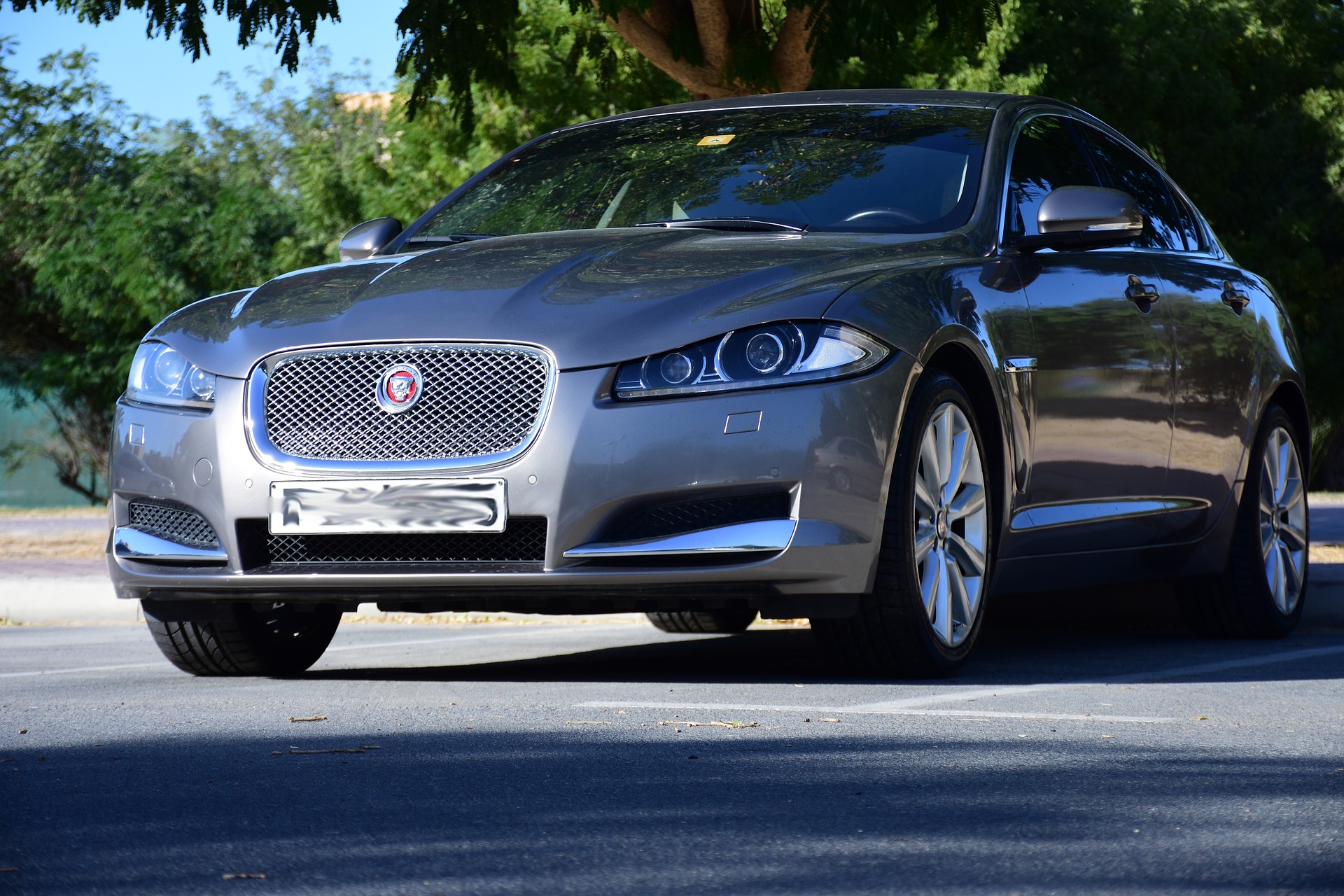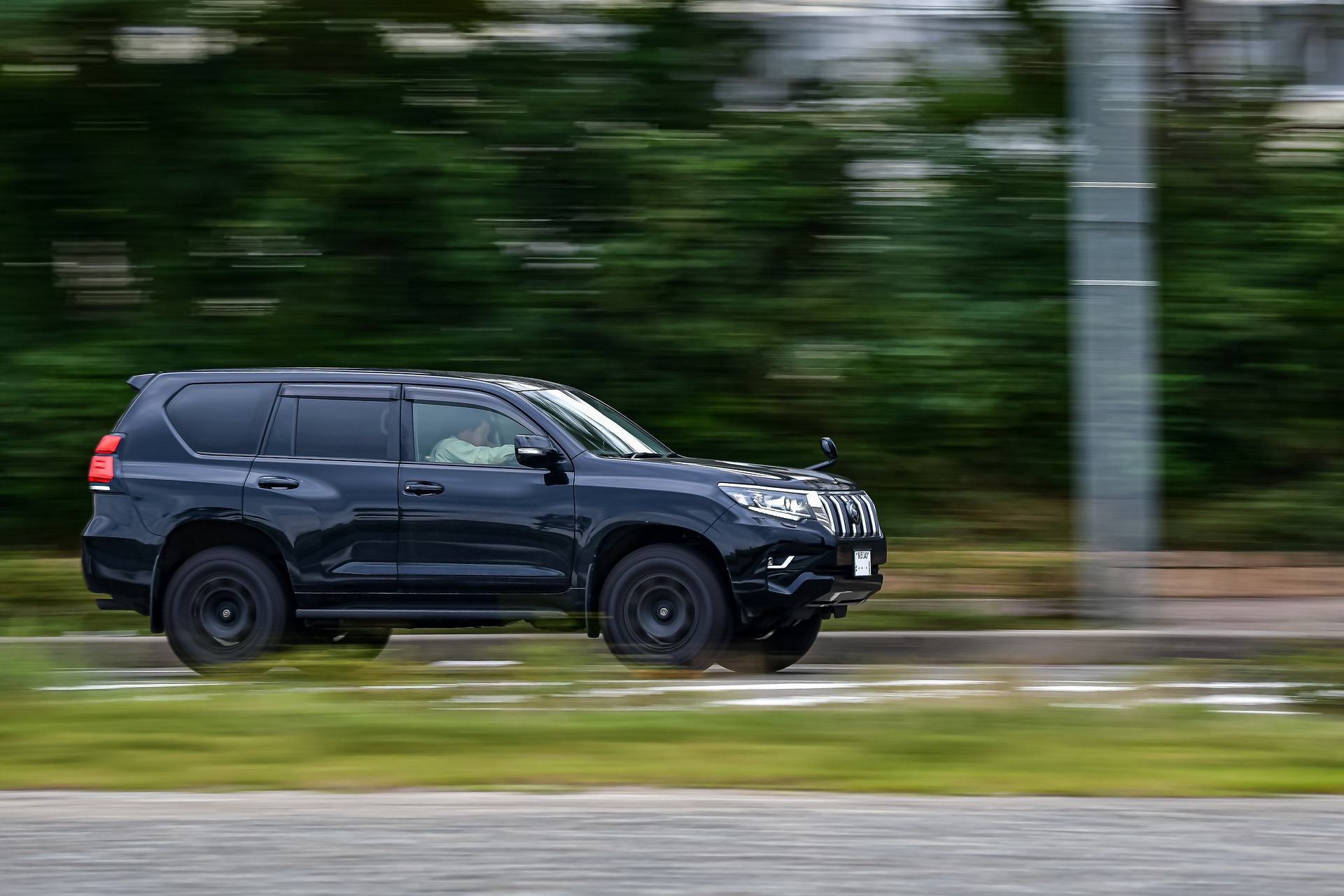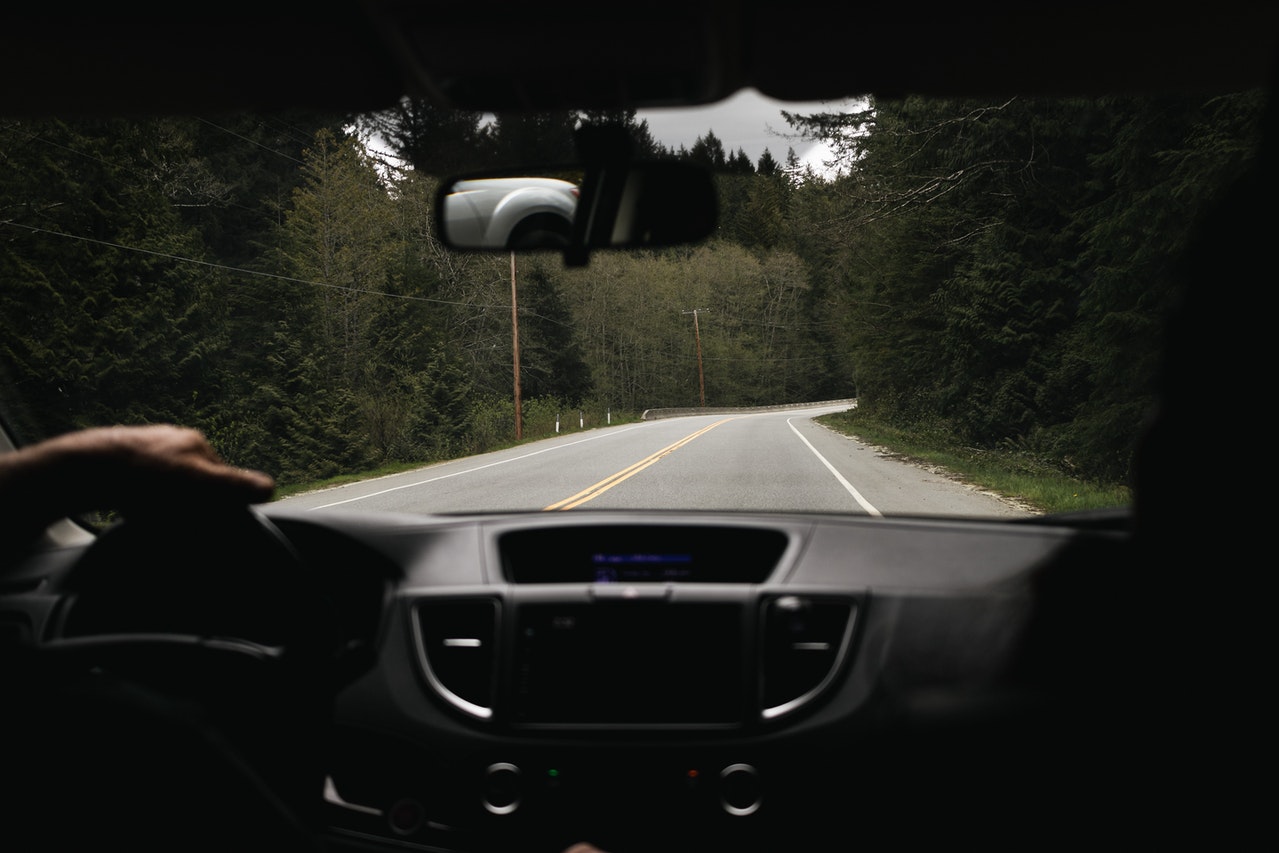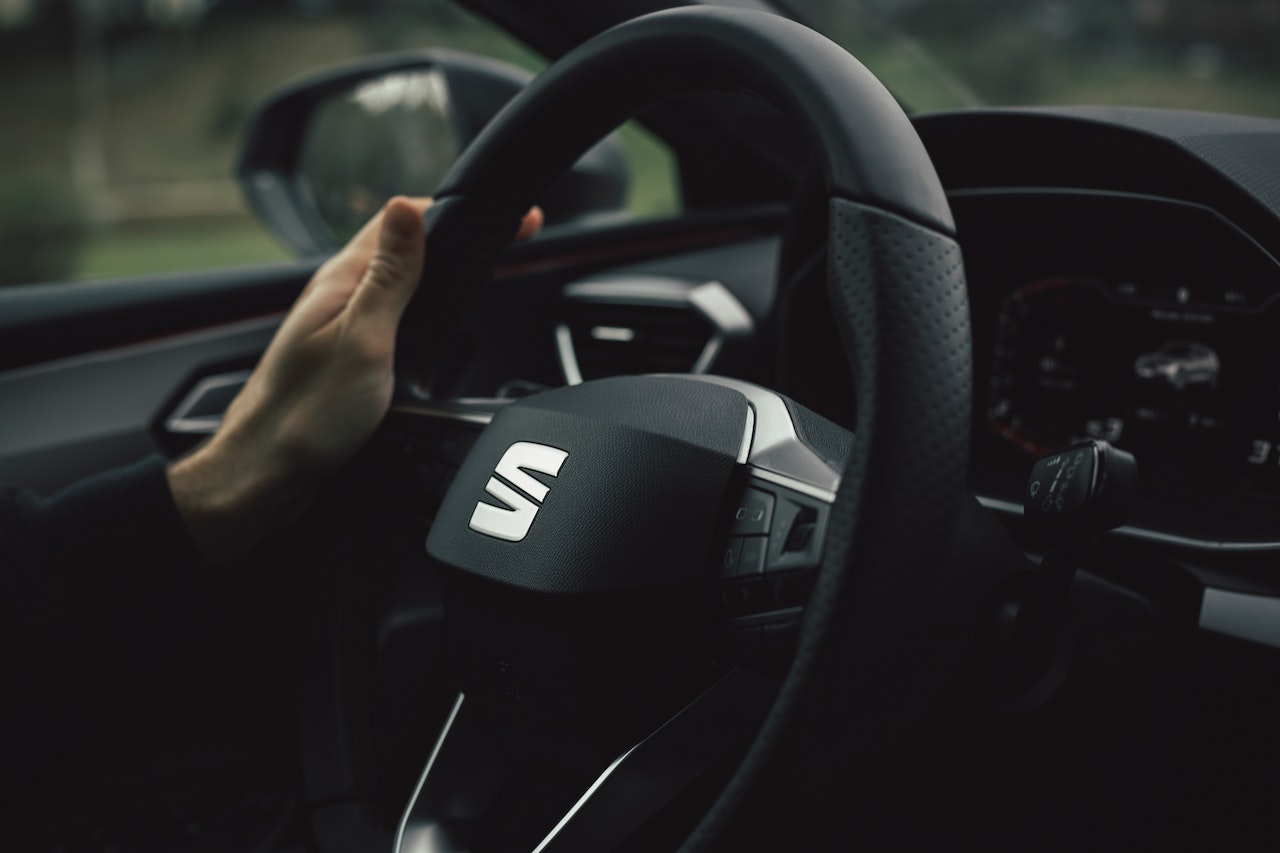We found the following complaints for JAGUAR XK (2014)
Read complaints for JAGUAR XK (2014)
I bought a new xk in august. I have to question the rationale for equipping it with high performance tires (virtual racing slicks) in minnesota. On a warm summer day with only a little rain, the tires lose traction frequently. In winter they are downright dangerous. Even with only an inch of snow, the front wheels lose traction in going around a corner at only five miles an hour. The real wheels have so little traction that even with the traction control and stability control systems turned on, the rear end fishtails when turning. Our street is flat and yet, with only a little snow on the road, the car can not move over 2 -3mph without losing traction so it inches along, if it moves at all. It seems to be the height of stupidity to assume that most driverswould drive over 120 miles and hour more often than they drive in rain or snow.what are the jaguar marketing people (and nhtsa) thinking? people who can afford to pay $90,000 for a car want something that is safe and they don't drive over 120 mph so don't need or want high performance racing tires that are suitable only for dry pavement.what good does it do to require cars to come equipped with reaction control and stability control when they are allowed to equip a car with tires that totally defeat those systems?you require air bags, center tail lights, etc, in the interest of safety, but allow cars to be sold with dangerous tires unsuitable for the climate they are to be driven in. Shouldn't nhtsa require cars to be equipped with safe tires when they are sold? if someone wants to buy unsafe tires after that, ok; but i should be able to expect a car to be safe under typical driving conditions when i buy it. Rain and snow are typical driving conditions.
This car (as well as several other sports cars) comes with high performance tires with so little traction in rain and snow that they totally defeat the purpose of the anti-lock brakes and stability control systems.these tires are so smooth that they will hydro-plane at 30 mph during a hard rain. In onlyinch of snow, the anti-lock brakes and stability control systems do not work at all do to the total absence of traction. Above 5 mph ininch of snow there is no steering control as there is not enough traction. What is the purpose of mandating anti-lock brakes and stability control when you let manufacturers put tires on the car that defeat them in ordinary driving conditions? rain and snow are normal driving conditions in most of the us. The cad comes with a heated windshield, heating seats, heated steering wheel, heated side mirrors and a winter driving mode for the transmission, all indicating that this car is made for winter driving, yet it is totally unsafe to drive in the winter. The tires are intended to be safe at 155 mph (the car's max speed), yet there is no state in the country with speed limits within 70 mph of that.how does this make any sense? most consumers drive far more often in rain and snow than we do at 150 mph in perfect conditions. Please mandate safe tires on new cars. I lost control of the car several times on grades as low a 1% and in trying to turn corners with onlyinch of snow on the ground. I had to stop driving it all winter.
The fuelline became disconnected from the top of the fuel pump and fuel leaked onto the asphalt. . this happened while the car was parked in a parking lot. It was repaired by the dealer who found that the connection point of the fuel line on the "top hat"had openedand that the top hat was damaged. This connection is at the top of the fuel tank and was never serviced, it appears that the.connection failed due the polymer material deteriorating and cracking.
This car (as well as several other sports cars) comes with high performance tires with so little traction in rain and snow that they totally defeat the purpose of the anti-lock brakes and stability control systems.these tires are so smooth that they will hydro-plane at 30 mph during a hard rain. In onlyinch of snow, the anti-lock brakes and stability control systems do not work at all do to the total absence of traction. Above 5 mph ininch of snow there is no steering control as there is not enough traction. What is the purpose of mandating anti-lock brakes and stability control when you let manufacturers put tires on the car that defeat them in ordinary driving conditions? rain and snow are normal driving conditions in most of the us. The cad comes with a heated windshield, heating seats, heated steering wheel, heated side mirrors and a winter driving mode for the transmission, all indicating that this car is made for winter driving, yet it is totally unsafe to drive in the winter. The tires are intended to be safe at 155 mph (the car's max speed), yet there is no state in the country with speed limits within 70 mph of that.how does this make any sense? most consumers drive far more often in rain and snow than we do at 150 mph in perfect conditions. Please mandate safe tires on new cars. I lost control of the car several times on grades as low a 1% and in trying to turn corners with onlyinch of snow on the ground. I had to stop driving it all winter.
I bought a new xk in august. I have to question the rationale for equipping it with high performance tires (virtual racing slicks) in minnesota. On a warm summer day with only a little rain, the tires lose traction frequently. In winter they are downright dangerous. Even with only an inch of snow, the front wheels lose traction in going around a corner at only five miles an hour. The real wheels have so little traction that even with the traction control and stability control systems turned on, the rear end fishtails when turning. Our street is flat and yet, with only a little snow on the road, the car can not move over 2 -3mph without losing traction so it inches along, if it moves at all. It seems to be the height of stupidity to assume that most driverswould drive over 120 miles and hour more often than they drive in rain or snow.what are the jaguar marketing people (and nhtsa) thinking? people who can afford to pay $90,000 for a car want something that is safe and they don't drive over 120 mph so don't need or want high performance racing tires that are suitable only for dry pavement.what good does it do to require cars to come equipped with reaction control and stability control when they are allowed to equip a car with tires that totally defeat those systems?you require air bags, center tail lights, etc, in the interest of safety, but allow cars to be sold with dangerous tires unsuitable for the climate they are to be driven in. Shouldn't nhtsa require cars to be equipped with safe tires when they are sold? if someone wants to buy unsafe tires after that, ok; but i should be able to expect a car to be safe under typical driving conditions when i buy it. Rain and snow are typical driving conditions.
This car (as well as several other sports cars) comes with high performance tires with so little traction in rain and snow that they totally defeat the purpose of the anti-lock brakes and stability control systems.these tires are so smooth that they will hydro-plane at 30 mph during a hard rain. In onlyinch of snow, the anti-lock brakes and stability control systems do not work at all do to the total absence of traction. Above 5 mph ininch of snow there is no steering control as there is not enough traction. What is the purpose of mandating anti-lock brakes and stability control when you let manufacturers put tires on the car that defeat them in ordinary driving conditions? rain and snow are normal driving conditions in most of the us. The cad comes with a heated windshield, heating seats, heated steering wheel, heated side mirrors and a winter driving mode for the transmission, all indicating that this car is made for winter driving, yet it is totally unsafe to drive in the winter. The tires are intended to be safe at 155 mph (the car's max speed), yet there is no state in the country with speed limits within 70 mph of that.how does this make any sense? most consumers drive far more often in rain and snow than we do at 150 mph in perfect conditions. Please mandate safe tires on new cars. I lost control of the car several times on grades as low a 1% and in trying to turn corners with onlyinch of snow on the ground. I had to stop driving it all winter.
This car (as well as several other sports cars) comes with high performance tires with so little traction in rain and snow that they totally defeat the purpose of the anti-lock brakes and stability control systems.these tires are so smooth that they will hydro-plane at 30 mph during a hard rain. In onlyinch of snow, the anti-lock brakes and stability control systems do not work at all do to the total absence of traction. Above 5 mph ininch of snow there is no steering control as there is not enough traction. What is the purpose of mandating anti-lock brakes and stability control when you let manufacturers put tires on the car that defeat them in ordinary driving conditions? rain and snow are normal driving conditions in most of the us. The cad comes with a heated windshield, heating seats, heated steering wheel, heated side mirrors and a winter driving mode for the transmission, all indicating that this car is made for winter driving, yet it is totally unsafe to drive in the winter. The tires are intended to be safe at 155 mph (the car's max speed), yet there is no state in the country with speed limits within 70 mph of that.how does this make any sense? most consumers drive far more often in rain and snow than we do at 150 mph in perfect conditions. Please mandate safe tires on new cars. I lost control of the car several times on grades as low a 1% and in trying to turn corners with onlyinch of snow on the ground. I had to stop driving it all winter.
I bought a new xk in august. I have to question the rationale for equipping it with high performance tires (virtual racing slicks) in minnesota. On a warm summer day with only a little rain, the tires lose traction frequently. In winter they are downright dangerous. Even with only an inch of snow, the front wheels lose traction in going around a corner at only five miles an hour. The real wheels have so little traction that even with the traction control and stability control systems turned on, the rear end fishtails when turning. Our street is flat and yet, with only a little snow on the road, the car can not move over 2 -3mph without losing traction so it inches along, if it moves at all. It seems to be the height of stupidity to assume that most driverswould drive over 120 miles and hour more often than they drive in rain or snow.what are the jaguar marketing people (and nhtsa) thinking? people who can afford to pay $90,000 for a car want something that is safe and they don't drive over 120 mph so don't need or want high performance racing tires that are suitable only for dry pavement.what good does it do to require cars to come equipped with reaction control and stability control when they are allowed to equip a car with tires that totally defeat those systems?you require air bags, center tail lights, etc, in the interest of safety, but allow cars to be sold with dangerous tires unsuitable for the climate they are to be driven in. Shouldn't nhtsa require cars to be equipped with safe tires when they are sold? if someone wants to buy unsafe tires after that, ok; but i should be able to expect a car to be safe under typical driving conditions when i buy it. Rain and snow are typical driving conditions.
Read more
